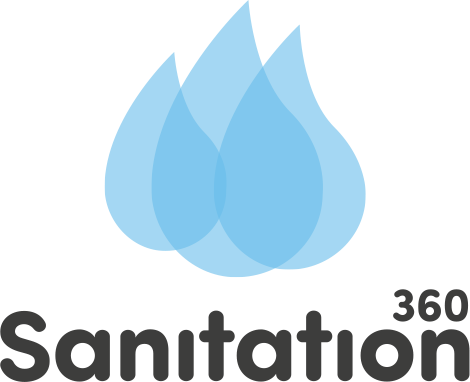Are there pharmaceuticals in urine?
Human urine from people consuming pharmaceuticals will contain trace amounts of pharmaceutical residues. However, research shows that the risk of exposure through urine-fertilised food is negligible. Applying urine as a fertiliser is safer for you and the environment than sending the pharmaceutical residues to the wastewater treatment plant. Unfortunately, wastewater treatment plants are not designed to remove pharmaceuticals, and this is having a negative impact on the aquatic environment (#ref). However, applying the urine/excreta to the soils shows no accumulation in the soils nor risk for humans (Levén et al., 2016). Studies show that to ingest a medically relevant dose of pharmaceuticals from urine-fertilized food, one would need to consume such crops daily for 21,000 years (Levén et al., 2016). Additionally, urine contains lower levels of pharmaceuticals than commonly used fertilizers like animal manure (#ref).
Several natural and technological processes help reduce pharmaceutical residues in urine fertilizer. Ultraviolet (UV) radiation from the sun, oxidation methods, and microbiological activity in the soil break down many pharmaceutical compounds before they can enter the food chain (Kim et al., 2009; Salvia et al., 2014; Yu et al., 2013).
Saying this, we know that people are concerned about pharmaceuticals. At the Swedish University of Agricultural Sciences (SLU), research is being conducted on how we can effectively remove pharmaceuticals during our treatment process. We will be implementing this in the coming two years.
References:
Hammer, M., Clemens, J. 2007. A tool to evaluate the fertiliser value and the environmental impact of substrates from wastewater treatment. Water Science and Technology, 56(5), 201–209. https://iwaponline.com/wst/article-abstract/56/5/201/14037/A-tool-to-evaluate-the-fertiliser-value-and-the?redirectedFrom=fulltext
Häfner, F., Monzon Diaz, O. R., Tietjen, S., Schröder, C., & Krause, A. (2023). Recycling fertilizers from human excreta exhibit high nitrogen fertilizer value and result in low uptake of pharmaceutical compounds. Frontiers in Environmental Science, 10, 1038175. https://doi.org/10.3389/fenvs.2022.1038175
Levén, L., Eveborn, D., Ljung, E., Gros Calvo, M., Dalahmeh, S., Jönsson, H., … Lundin, G. (2016). Läkemedel i källsorterat klosettvatten och latrin. Retrieved from https://urn.kb.se/resolve?urn=urn:nbn:se:ri:diva-27758
Rich Earth Institute https://richearthinstitute.org/research-results/pharmaceutical-study/

